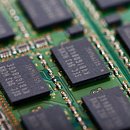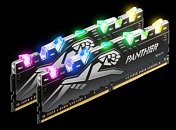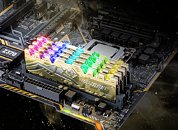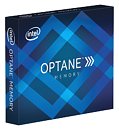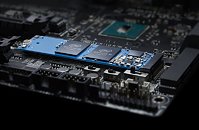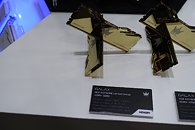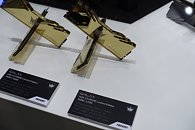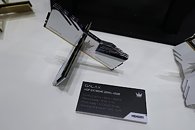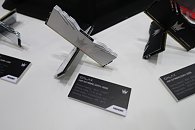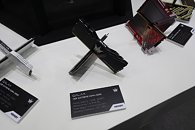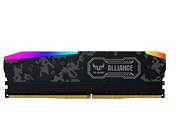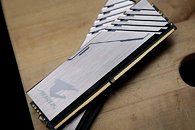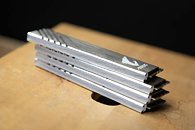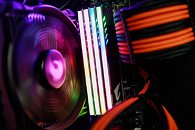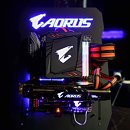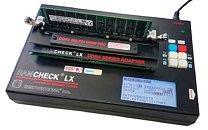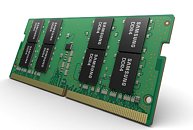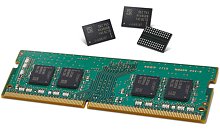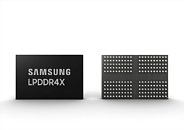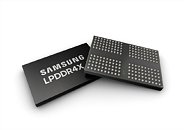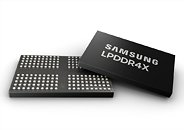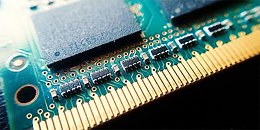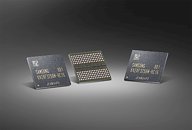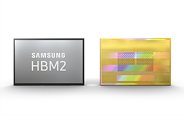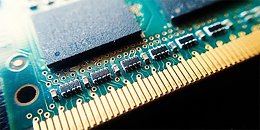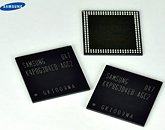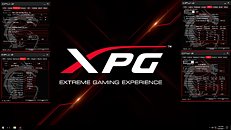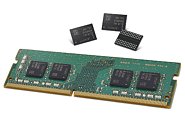
Samsung & SK Hynix 18 Nanometer DRAM Yields Plagued By Technical Problems
Digitimes reports that Korean memory manufacturers Hynix and Samsung have both been hit by unstable yield rates for their 18 nm server DRAM production.
While the yields are claimed to be sufficient for notebook and desktop PC production, they are not good enough for server memory, which has higher quality requirements. Due to the shortage, Chinese enterprises like Alibaba, Huawei, Lenovo and Tencent are now switching to use 20 nanometer DRAM for their servers, which is in better supply. Other vendors have even requested that no more 18 nm chips are shipped by these Korean suppliers, in a bid to improve quality, which might take several months, but shouldn't have a significant impact on overall DRAM prices.
While the yields are claimed to be sufficient for notebook and desktop PC production, they are not good enough for server memory, which has higher quality requirements. Due to the shortage, Chinese enterprises like Alibaba, Huawei, Lenovo and Tencent are now switching to use 20 nanometer DRAM for their servers, which is in better supply. Other vendors have even requested that no more 18 nm chips are shipped by these Korean suppliers, in a bid to improve quality, which might take several months, but shouldn't have a significant impact on overall DRAM prices.
